Description
Product Model: 5501-412
Product Brand: Woodward
Product Series: MicroNet / Digital Control Series
Product Features:
- Provides analog input/output interface to host controller platforms
- Compatible with MicroNet and Atlas governor control systems
- Supports both AC and DC power options for redundancy flexibility
- Designed for industrial, marine, and power generation environments
Product Role & System Fit
In a sophisticated turbine governor or engine control architecture, the 5501-412 is not the “brains” module but rather a vital interface board that connects analog signals—sensor measurements, control command outputs—to the main controller chassis. It sits inside a MicroNet, Atlas, or similar control rack and functions as the analog I/O interface. When the primary controller needs to read pressures, temperatures, flow rates, or generate analog control signals (4–20 mA, 0–10 V, etc.), the 5501-412 bridges those field signals into the control logic.
Because modern systems increasingly adopt distributed architectures, the 5501-412’s role is especially critical: it allows a centralized digital controller to “see” and act on remote analog field data without requiring custom wiring directly to the main CPU. In retrofit or hybrid installations, the 5501-412 can be inserted into an existing MicroNet or Atlas chassis, coexisting with digital logic, communication, and other modules.
From a compatibility viewpoint, the 5501-412 supports both AC and DC power configurations (noted in older documentation as a high-voltage model) , and it is designed to work in simplex or redundant chassis arrangements. Its design accommodates load sharing between redundant supplies to reduce thermal stress and improve reliability . In many installations, you’ll find the 5501-412 used alongside digital controller modules (505, 505E, 517, etc.) in a governor control rack, contributing analog signal handling while the digital module manages control logic.
In field practice, engineers often liken the 5501-412 to a “translator” — converting real-world continuous signals into the binary domain of the logic module, and vice versa. In systems with multiple turbines, engines, or auxiliary control loops (e.g. lubrication, cooling, extraction control), each analog I/O board contributes to distributed sensing and actuation. Because of that, the 5501-412 must maintain precision, stability, and isolation to avoid injecting noise or error into the control loops.
Applications & Industry Context
Analog I/O modules like 5501-412 are ubiquitous in power plants, marine propulsion systems, process plants, and hybrid energy setups. Whenever you have a turbine, engine, or generator requiring control of flows, pressures, and variables, there’s almost certainly a board like the 5501-412 in the control rack reading sensors and driving actuators.
In combined heat and power (CHP) plants, for instance, you may need to monitor steam temperature, feedwater flow, or cooling water return temperature. The digital governor takes those inputs into account for optimum control. The 5501-412 acts as the interface: measuring analog voltage or current signals (4–20 mA) from sensors and sending analog command signals to valves or actuators.
In marine engine rooms, vibration, temperature, fuel pressure, and exhaust temperature are critical. A module like the 5501-412, installed in a ruggedized control cabinet, handles those analog loops in concert with a main control module. Its precision and grounding isolation help avoid spurious tripping in noisy shipboard electrical environments.
Chemical plants, refineries, and offshore rigs also rely on analog I/O modules because many fundamental sensors (pressure, flow, level) are analog. When upgrading from older analog panels to digital governors, the 5501-412 is often used in retrofit projects to preserve field wiring while modernizing control logic.
In smaller gas turbine generator sets (gensets) used in remote power or mobile power projects, a digital governor will incorporate one or more analog I/O boards like 5501-412 for feedback loops (e.g. exhaust temperature, lube oil pressure). Its ability to support AC and DC power input also makes it more flexible for hybrid site architectures.
From a field operations viewpoint, you’ll find that systems with stable analog I/O—like the 5501-412—tend to suffer fewer drift or offset issues over time compared to generic third-party I/O cards. Technicians often comment that replacing failing analog I/O cards is among the most frequent maintenance tasks in control systems, so choosing a robust module like this pays dividends over years of operation.
Technical Features & Benefits
While the 5501-412 may appear to be a “supporting” module, its design details matter greatly because errors or drift here propagate into the entire control system. Below are key features and practical advantages.
High-Reliability Power Input
This board supports both AC and DC inputs, making it versatile in various control rack configurations. In redundant arrangements, two power modules can share the load and thermally balance currents to reduce stress issues.
Analog Signal Conditioning
The 5501-412 is built to handle analog inputs and outputs with signal conditioning (filtering, isolation, scaling). Its components ensure minimal noise interference and maintain integrity even in noisy industrial environments.
Chassis and Module Compatibility
It fits into MicroNet or Atlas chassis frameworks and supports slot-based modularity. That means in upgrades or expansion you can add or replace I/O capacity without full system redesign. The broader Woodward parts catalog shows the 5501-412 listed among standard interface modules for governor/digital platforms
Redundancy & Load Sharing
When used in redundant power supply systems, the 5501-412 participates in load sharing to balance currents and reduce thermal hotspots. This extends module life and improves stability.
Isolation & Grounding
Robust isolation between analog channels, digital logic, and power circuits ensure that ground loops, common-mode noise, or interference do not degrade performance. Field engineers often check I/O board grounding as a root cause in control instability episodes—and a module like 5501-412 is designed to reduce susceptibility.
Serviceability & Modularity
As a pluggable module, the 5501-412 can be removed or replaced without disturbing adjacent modules. In maintenance or emergency scenarios, that modularity is vital: technicians can swap out the board while preserving wiring and system configuration.
Vendor Ecosystem Support
Because it is part of the Woodward/Micronet ecosystem, firmware updates, diagnostics tools, spare parts, repair services, and integration documentation are available from Woodward or authorized service providers
In practical terms, a well-maintained 5501-412 ensures analog loops remain accurate and responsive; thus letting the main control logic operate reliably. Some legacy installations that had drift issues when using generic I/O cards have observed better loop stability switching to genuine interface boards like 5501-412.
- 5501-412
Installation & Maintenance Insights
Installing or maintaining the 5501-412 demands attention to details that separate trouble-free operation from recurring headaches.
First, rack orientation and airflow are critical. Mount modules in a control cabinet where ambient temperature is controlled and airflow is unobstructed. Avoid stacking heat-generating modules directly above. Use forced ventilation or climate control if necessary.
Proper signal wiring practices are essential. Analog inputs (e.g. 4–20 mA loops) should be twisted pair, shielded, and routed away from high-current or power cables. Use proper shielding termination at the module end to prevent noise injection. Pay attention to common-mode voltages and ensure the module’s ground references align with the plant’s grounding scheme.
When replacing a 5501-412 module during maintenance, first back up configuration parameters, scaling tables, and calibration data. Many systems allow off-line export via the control software before removal. Then pull the old board using proper ESD precaution, insert the new board, power up the rack, and verify all channel diagnostics before handing control back to operations.
Periodic maintenance should include:
- Checking I/O channel health (open, shorts, drift)
- Monitoring error or warning logs
- Verifying analog calibration against known standards (voltage/current sources)
- Inspecting and cleaning ventilation, connector pins, and backplane contacts
- Confirming firmware version matches system compatibility
It is wise to keep a spare 5501-412 (or equivalent I/O board from the same family) on the shelf. In operations where downtime is costly, being able to swap in a known-good board quickly (within minutes) avoids extended outages.
Over time, small drifts or aging capacitors may creep into analog circuits. In long-lived systems, technicians often schedule a calibration cycle every few years for all analog I/O modules. Because the 5501-412 sits at the edge of control logic, its health directly affects control loop quality.
Technical Specifications Table
| Parameter | Typical / Range |
|---|---|
| Board Type | Analog I/O Interface Module |
| Power Input | AC or DC (high-voltage AC board version) |
| Redundancy Support | Yes, supports load balancing with dual power modules |
| Analog Inputs | Multiple 4–20 mA (or voltage) channels (number depends on specific sub-revision) |
| Analog Outputs | Multiple 4–20 mA or 0–10 V control outputs (scalable) |
| Isolation | Channel-to-channel and isolation to logic / power sections |
| Operating Temperature | Typical industrial rating (0 °C to 60 °C or broader in control cabinet) |
| Mounting / Form Factor | Module for MicroNet / Atlas rack chassis |
| Signal Conditioning | Filtering, scaling, error diagnostics |
| Diagnostics | Channel status, error flags, fault reporting |
| Compatibility | MicroNet, Atlas, 5000-series control platforms |
| Serviceability | Hot-swappable / module-level replacement |
Note: Because the 5501-412 is somewhat older or legacy in some references, datasheets may differ by revision. Always check your system’s manual for the exact variant.
Related Models
Here are some sibling or variant modules in the Woodward control / governor product family, along with what distinguishes them:
- 5501-376 — high-current servo driver module used to drive actuator coils or hydraulic servos
- 5437-523 — digital governor / engine control module combining logic and I/O
- 5501-465 — servo driver board variant for different power ranges
- 5501-428 — load-sharing module specifically for distributed power accessory integration
- 5501-365 — analog / combo interface module used in older 5000 series systems
- 5503-282 — power supply / control module often found in the same chassis
- 8280-423 — fuel control module in some digital governor systems
Each of these modules addresses different functional roles: some supply power, some handle actuation, others combine logic and I/O. The 5501-412 is carved out for analog interface tasks.

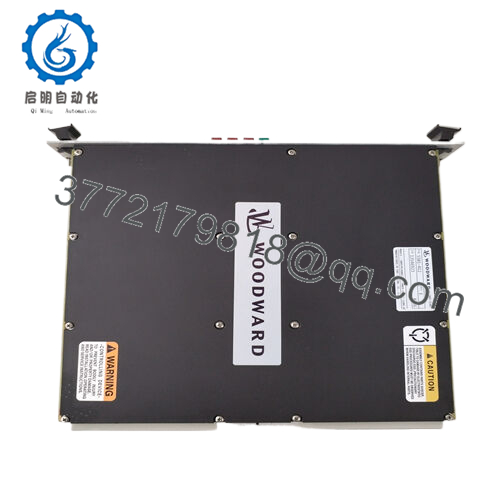
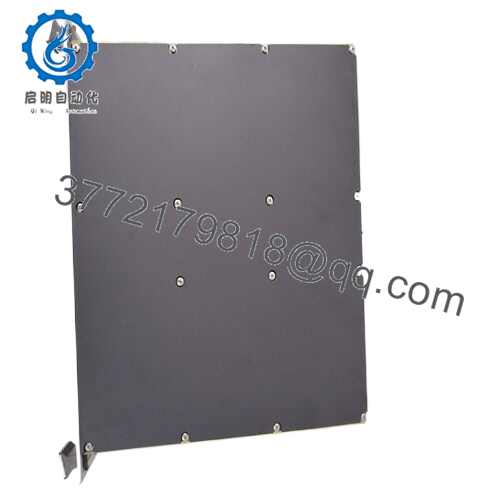
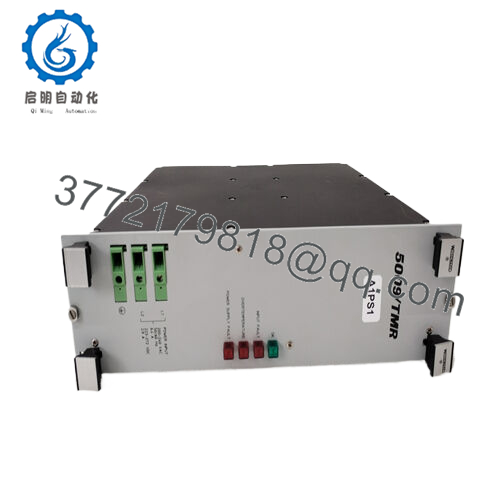
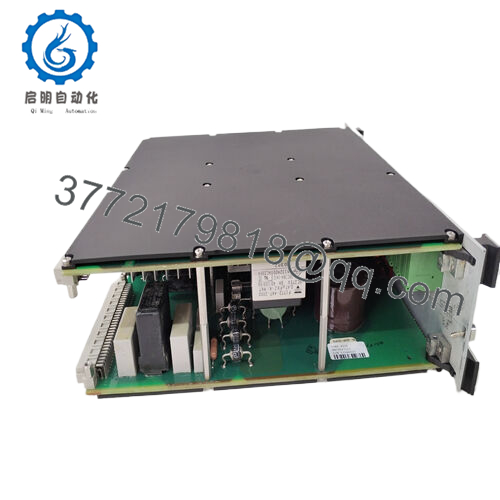
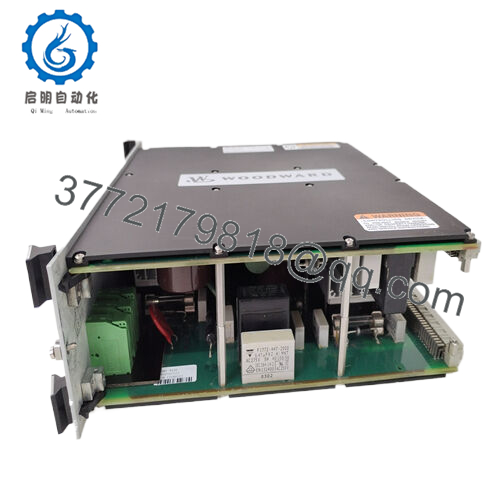
 WhatsApp: +86 16626708626
WhatsApp: +86 16626708626 Email:
Email:  Phone: +86 16626708626
Phone: +86 16626708626


